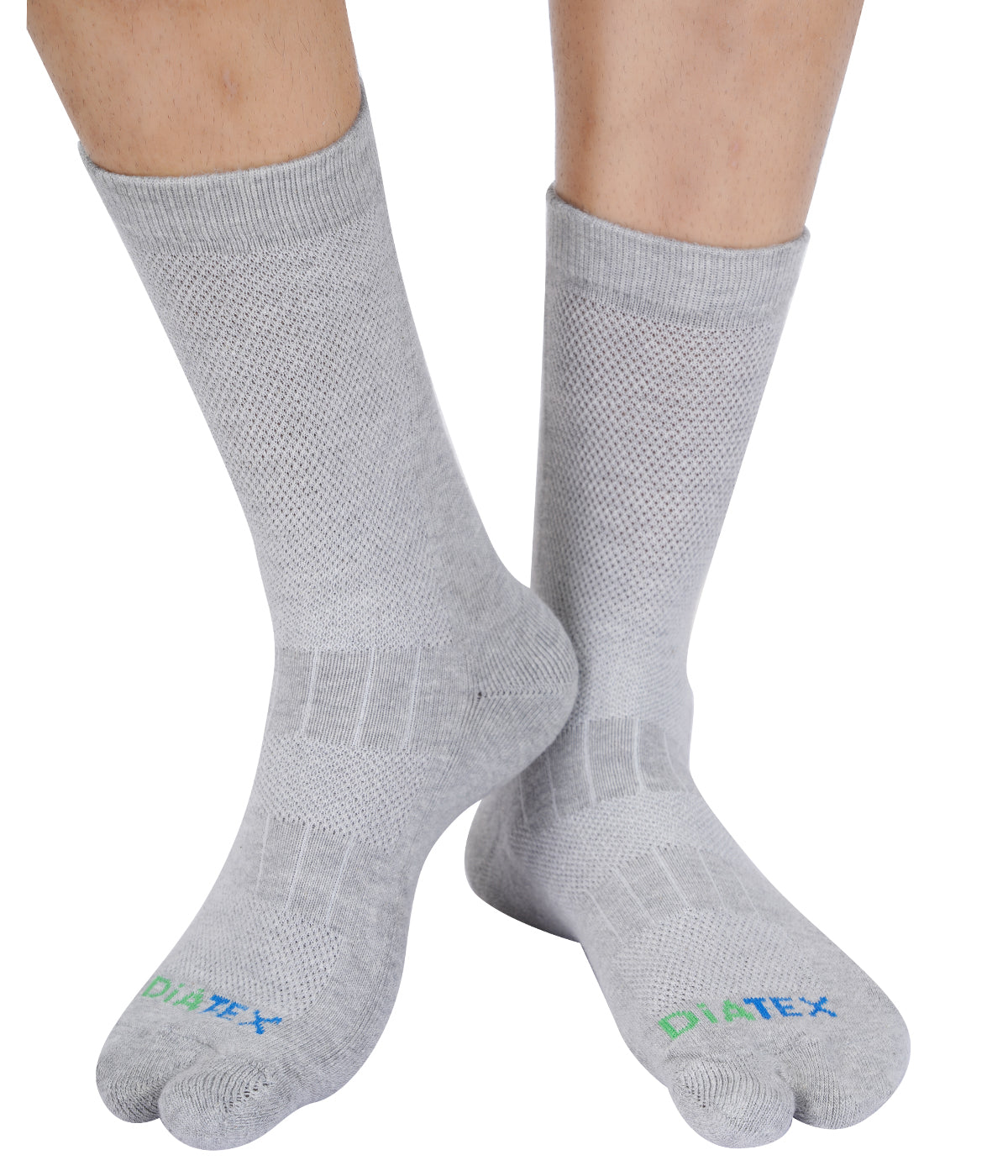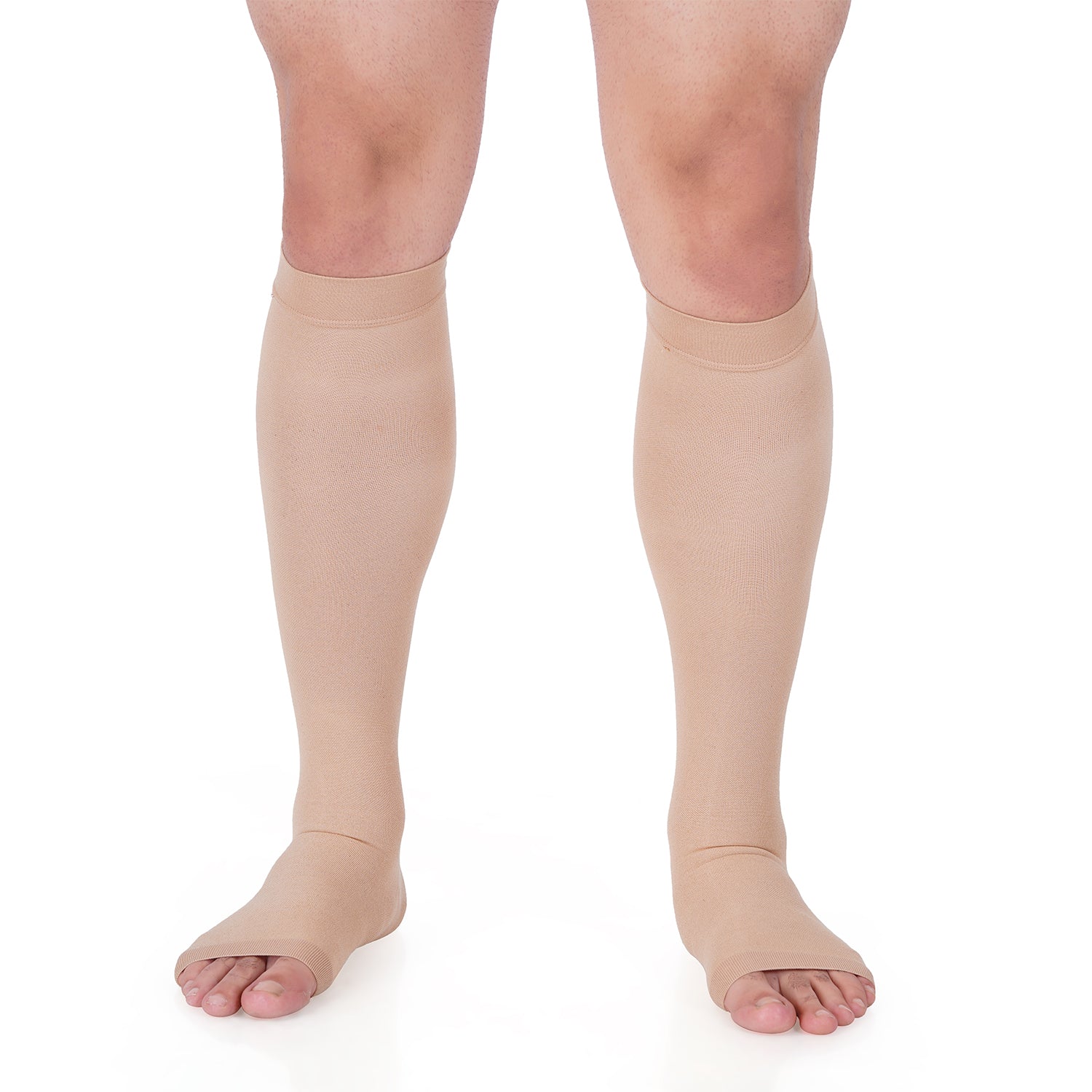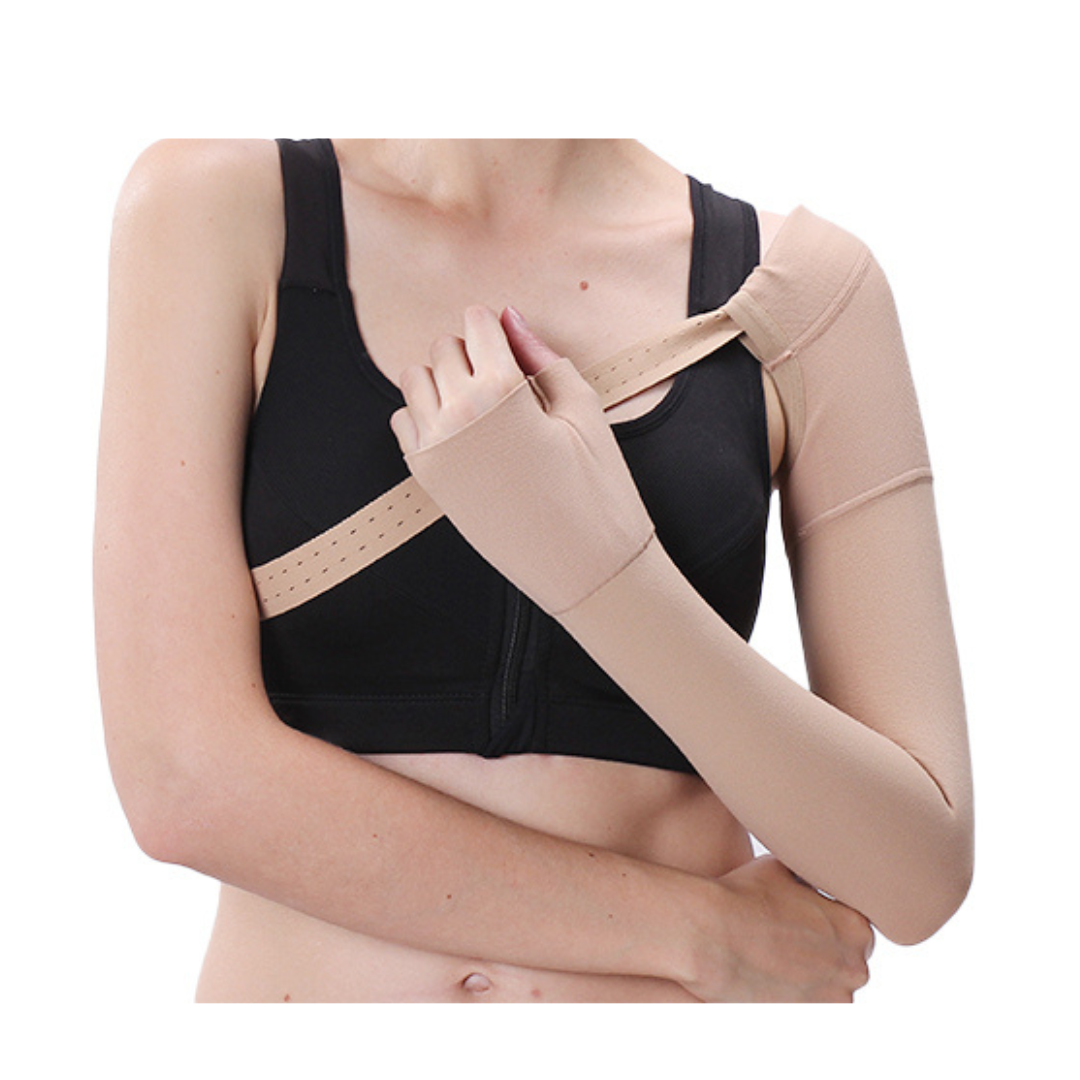Introduction
Compression stockings have become a popular solution for individuals seeking relief from various leg-related conditions. But have you ever wondered how compression stockings actually work? In this informative guide, we will unravel the mechanics behind compression stockings, explaining their purpose, benefits, and how they contribute to optimal leg health. By understanding the inner workings of compression stockings, you can make an informed decision and harness their therapeutic power to enhance your well-being.
The Purpose of Compression Stockings
Compression stockings are designed to exert pressure on the legs, helping to improve blood circulation and alleviate leg-related issues. The compression applied by these stockings is graduated, meaning it is strongest at the ankles and gradually decreases as it moves up the leg. This unique design facilitates proper blood flow by promoting venous return and preventing blood from pooling in the lower extremities.
Enhancing Blood Circulation
Compression stockings work by applying external pressure to the veins, arteries, and muscles in the legs. This pressure helps to compress the superficial veins, narrowing their diameter. As a result, the blood vessels are encouraged to constrict, which aids in the efficient return of blood to the heart. By enhancing blood circulation, compression stockings assist in reducing swelling, minimizing the risk of blood clots, and promoting overall leg health.
Compression Levels and Graduated Compression
Compression stockings are available in different compression levels, ranging from mild to extra-firm. The choice of compression level depends on the severity of the condition and the recommendations of healthcare professionals. However, all compression stockings feature graduated compression, which is essential for their effectiveness.
Graduated compression means that the pressure applied by the stockings is highest at the ankles and gradually decreases as it moves up the leg. This design helps to push the blood upward against gravity, supporting the venous system and facilitating efficient blood flow. The graduated compression ensures that the stockings provide optimal support where it is most needed while maintaining comfort and effectiveness.
Targeting Specific Conditions
Compression stockings are versatile and can address various leg-related conditions. They are commonly used for:
-
Varicose Veins: Compression stockings help to alleviate the symptoms associated with varicose veins, such as swelling, pain, and discomfort. By improving blood flow, they assist in reducing the pooling of blood and pressure on the veins.
-
Deep Vein Thrombosis (DVT): Compression stockings are often recommended for individuals at risk of DVT or those who have experienced it. The pressure exerted by the stockings can help prevent blood clots from forming and reduce the risk of complications.
-
Edema and Swelling: Compression stockings provide effective support for managing edema and swelling in the legs, particularly in individuals with conditions like lymphedema or post-surgery swelling.
-
Leg Fatigue and Discomfort: For individuals who experience leg fatigue, heaviness, or discomfort due to prolonged sitting or standing, compression stockings offer relief by promoting better blood circulation and reducing muscle fatigue.
Wearing and Choosing Compression Stockings
To ensure the effectiveness of compression stockings, it is essential to wear them correctly and choose the right size. Here are some key considerations:
-
Proper Fit: Compression stockings should fit snugly but not be overly tight. It is important to measure your leg size accurately and refer to the sizing chart provided by the manufacturer.
-
Length and Style: Compression stockings are available in different lengths, including knee-high, thigh-high, and pantyhose. Choose the length that suits your needs and covers the affected area.
-
Putting Them On: Roll the stocking down to the heel, place your foot inside, and gradually roll it up, smoothing out any wrinkles or bunching. Ensure that the stockings are evenly distributed and provide consistent compression.
-
Regular Wear and Care: Follow the recommended wearing schedule provided by your healthcare professional. It is important to wash and care for your compression stockings according to the manufacturer's instructions to maintain their effectiveness.
Conclusion
Compression stockings are a valuable tool for promoting optimal leg health and managing various leg-related conditions. By understanding how compression stockings work, including their purpose, graduated compression, and targeted benefits, you can make an informed decision about their usage. Whether it's alleviating varicose veins, preventing blood clots, reducing swelling, or combating leg fatigue, compression stockings offer a reliable and effective solution. Embrace the power of compression stockings and experience the benefits of improved leg health.












